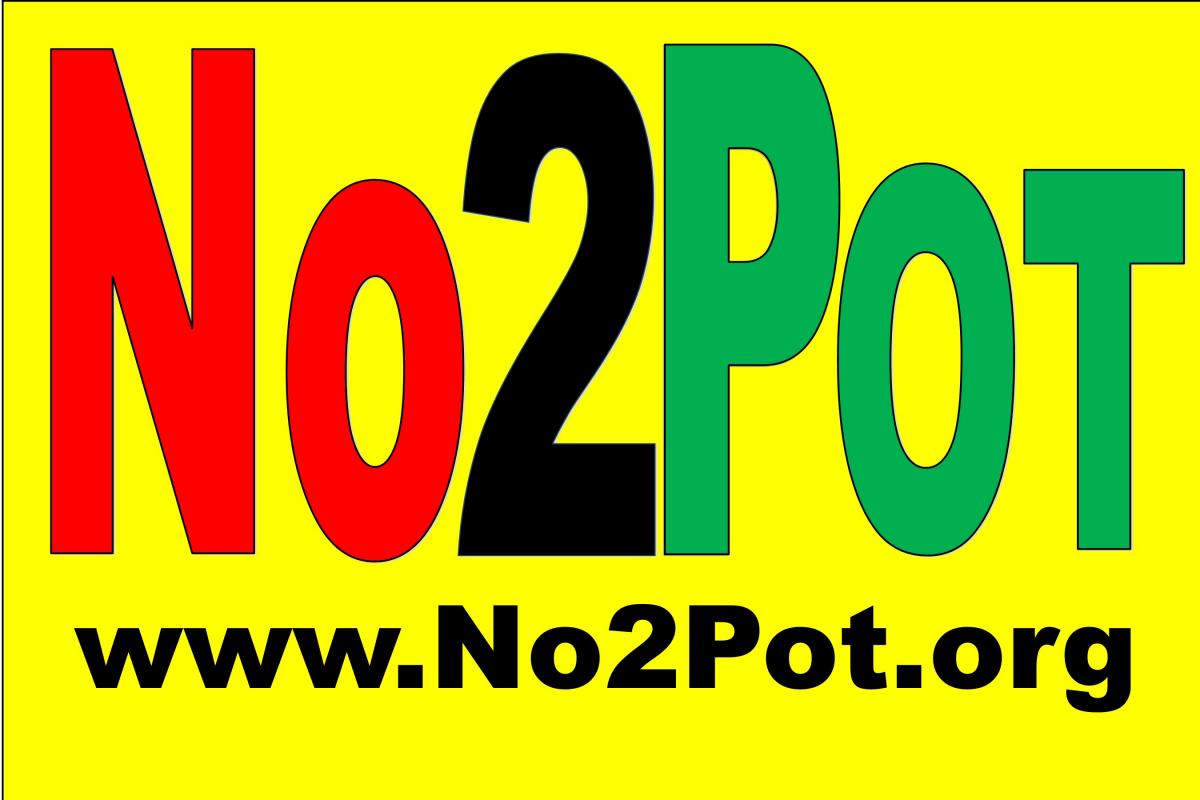CANNABIS: DRUG OF ABUSE AND THERAPEUTIC AGENT, TWO SIDES OF THE SAME COIN
The evidence presented in this review allows us to conclude that Δ9-THC and CBD produce biphasic, dose-dependent effects on several physiological responses. The biphasic nature of cannabinoid effects highlights the need for a careful analysis of the dose ranges separating therapeutic from unwanted effects. Besides, Δ9-THC produces dependence and harmful effects, while CBD does not.
The available pharmaceutical formulations of these phytocannabinoids and related molecules have clear therapeutic effects; however, more research is needed to assure their efficacy and safety since their effects are complex. Several additional potential therapeutic applications, mainly for CBD, are being proposed which, however, still lack sufficient clinical and preclinical support. For this reason, caution is advised when using or prescribing cannabinoids.
Additional consideration deserves the fact that the ECS participates in the development of the central nervous system98. Therefore, the use of cannabinoid-based formulations for the medical treatment of children and adolescents experiencing brain developmental changes must be carefully examined, balancing the pros and cons of prescribing cannabinoid-based medications in every single case. Cannabis research field is expanding with the identification of new molecular targets, the characterization of undescribed phytocannabinoids, and novel findings related to the ECS99. In addition, consumption of synthetic cannabinoids as drugs of abuse represents a new challenge in addiction research100.

